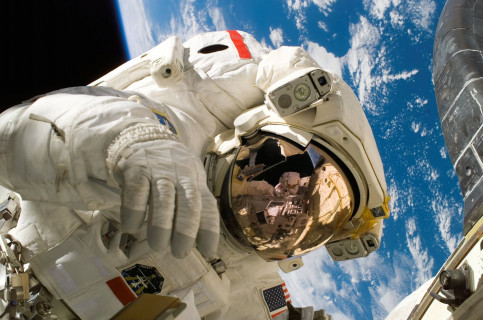A big part of innovation in space technology revolves around finding smart, efficient and circular ways to establish a life support system for the astronauts going on the trip. Since it’s simply impossible to bring an end-less amount of resources on board, how do you make sure the astronauts can eat, drink and breath?
What if we view “cities as spaceships”; in terms of urban environments being ‘closed-loop systems’? This gives way to the idea that the same space technology developed by ESA could be applied to increase circularity in a city like Amsterdam.
Towards circular resource streams
Municipal wastewater is a great resource for nutrients and water reuse. The Space for Food project aims to use space technology in recovering nutrients and cleaning wastewater that can be used in food production using vertical farming. Closing the loops from waste to resource will help improving the impact in the environment, while creating resilience for the cities.
For this reason, the project will test a proof of concept using a raceway reactor for purple bacteria cultivation on brewery and municipal yellow wastewater at Marineterrein Amsterdam Living Lab. The biomass will be used as slow release fertilizer and bio-stimulant for cultivation of vegetables.



